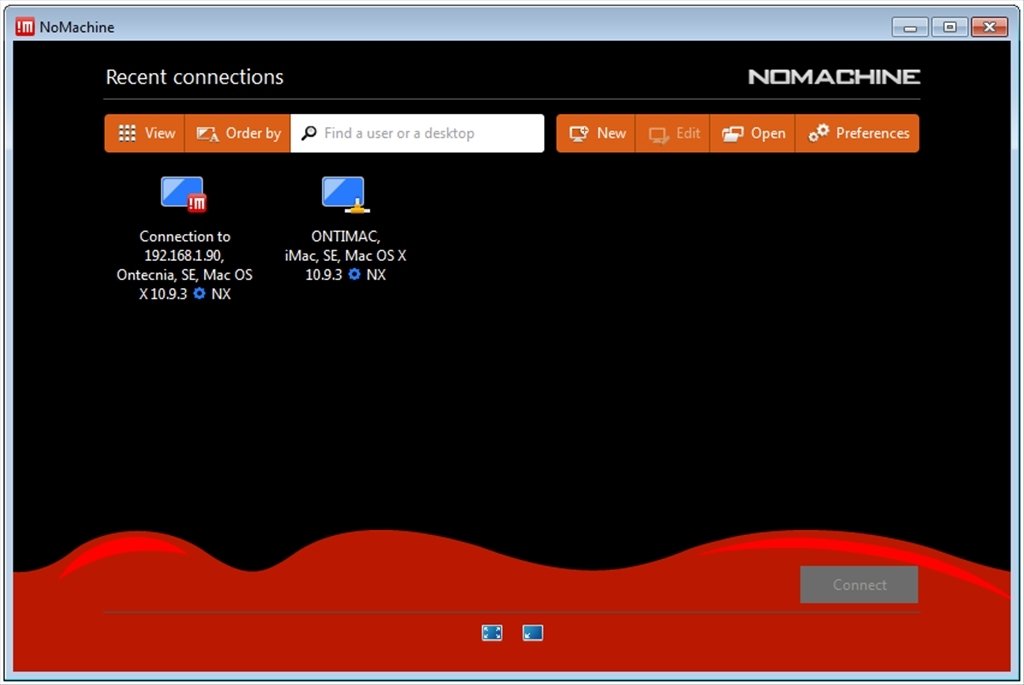
That will likely produce lots of scary messages about different files. If you skip the 'y' then you'll be sat there for hours responding to prompts. The 'f' forces fsck to check all available filesystems and 'y' answers Yes whenever it would ask you to approve a fix. Your first step should be to run fsck, the UNIX disk checking program, with the options -fy. At the bottom of which should be some instructions to either check the disks or to reboot in 'full' Single User Mode. You should get a gray screen which will quickly turn into a classic UNIX console with all sorts of cryptic text. Hold down Command-S when you turn the machine on.
Nx client 3.4.0 for mac install#
You can boot off an install CD/DVD or one with repair tools on it, but if you are comfortable with booting UNIX machines then skip that and. If your problem is not a true hardware issue then chances are there are disk errors and so the first task is to check and repair the disks. If and when you need to resuscitate a Mac that won't boot up all the way, there are some commands that will save you a lot of time. So if you want an open source solution then play around with VNC, otherwise go with NoMachine NX. With remote desktops there can be issues with the 'scope' of keystrokes - for example you can't Cmd-C some text in the Mac world and expect to Cmd-V it into a Linux app - that sort of thing. The session will open up an X window on your Mac and I find the performance (on a local network) to be more than adequate. It will give you a 'Connection Wizard' which is self explanatory. On the client end (Mac OS X in my case), download and install then fire up the application. You may need to tweak your Fedora to allow the remote client to access your desktop (I didn't have to). At least, not if you are accessing machines in a private network. You don't need to bother with any other NX options right now. # /usr/NX/bin/nxserver -status|-start|-stop|-restart It installs into /usr/NX by default and you start/stop the server with Installing the server (on Fedora) involves downloading RPMS for the client, node and server (you need all 3) and installing them:

This is commercial software but there are free versions of the server and client available for all the main platforms.

Instead I decided to check out NoMachine NX, which I had heard about in the past.
Nx client 3.4.0 for mac mac osx#
Running a Tight VNC client on a Windows machine gave reasonable performance and doing the same on Mac OSX might solve the problem. I think the problem stems from a variant of the VNC protocol or software called TightVNC and I believe the default Linux implementation uses this.
Nx client 3.4.0 for mac mac os x#
But when I tried to use it recently with a Fedora VNC server and Mac OS X VNC client (Chicken of the VNC) I was seeing performance that made it unusable. VNC is widespread and I think most Linuxes come with it already installed. In the past I've used VNC as a remote desktop solution for viewing, say, a Linux desktop on a remote Mac, but I've now switched to NoMachine NX.


 0 kommentar(er)
0 kommentar(er)
